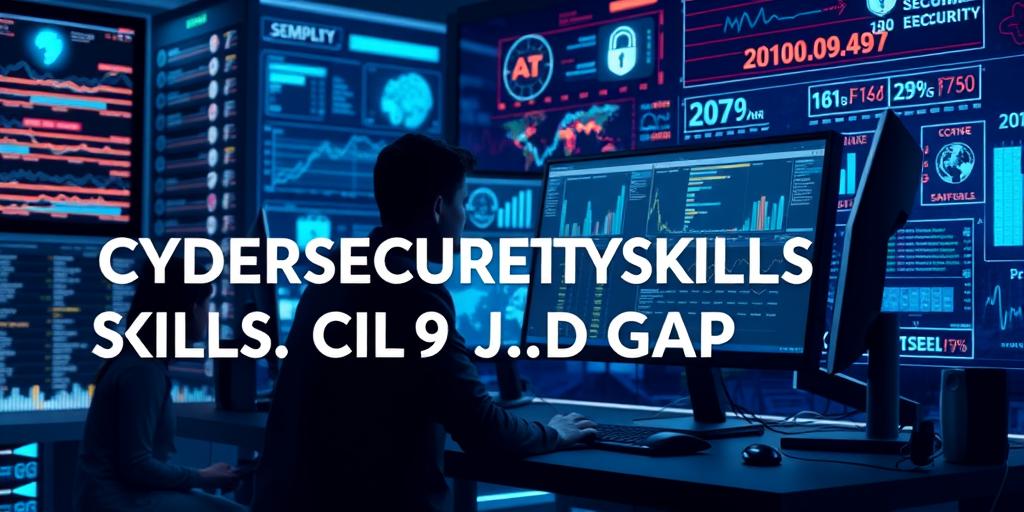The Cybersecurity Skills Gap: Addressing the Shortage (2025)
In 2025, the cybersecurity landscape is facing a critical challenge: a significant skills gap. As cyber threats become more sophisticated and frequent, the demand for skilled cybersecurity professionals far outstrips the supply. This shortage poses a substantial risk to organizations of all sizes, potentially leaving them vulnerable to costly data breaches and cyberattacks.
Understanding the Cybersecurity Skills Gap
The cybersecurity skills gap refers to the disparity between the number of available cybersecurity jobs and the number of qualified professionals to fill those positions. Several factors contribute to this gap:
- Rapid Technological Advancements: The cybersecurity field is constantly evolving, with new threats and technologies emerging regularly. Professionals must continuously update their skills to stay ahead of these changes.
- Insufficient Training and Education: Traditional education models often struggle to keep pace with the dynamic nature of cybersecurity. Many graduates lack the practical skills and experience required for real-world cybersecurity roles.
- Aging Workforce: A significant portion of the current cybersecurity workforce is nearing retirement age, leading to a loss of experienced professionals.
- Lack of Awareness: Many individuals are unaware of the opportunities available in cybersecurity or lack the resources to pursue a career in the field.
Impact of the Skills Gap
The cybersecurity skills gap has several significant consequences for organizations:
- Increased Risk of Cyberattacks: A shortage of skilled professionals means organizations are less equipped to defend against cyberattacks, increasing the likelihood of successful breaches.
- Slower Incident Response: When a cyberattack occurs, a lack of skilled personnel can slow down the response process, leading to more extensive damage and higher recovery costs.
- Higher Costs: Organizations may need to pay higher salaries to attract and retain cybersecurity professionals, increasing their overall costs.
- Compliance Challenges: Many industries are subject to strict cybersecurity regulations. A skills gap can make it difficult for organizations to comply with these regulations, potentially leading to fines and penalties.
Strategies for Addressing the Skills Gap
To address the cybersecurity skills gap, a multi-faceted approach is required. Here are some strategies that can help:
- Invest in Training and Education: Organizations should invest in training programs and educational opportunities for their employees. This can include providing access to online courses, workshops, and certifications.
- Partner with Educational Institutions: Collaborating with universities and colleges to develop cybersecurity programs that align with industry needs can help ensure graduates have the skills employers are seeking.
- Promote Cybersecurity Awareness: Raising awareness of cybersecurity career opportunities can attract more individuals to the field. This can include outreach to schools, community organizations, and underrepresented groups.
- Offer Competitive Salaries and Benefits: To attract and retain cybersecurity professionals, organizations need to offer competitive salaries and benefits packages.
- Embrace Automation: Automating certain cybersecurity tasks can help reduce the workload on existing staff and free up time for more strategic activities.
- Foster a Culture of Cybersecurity: Creating a culture of cybersecurity within an organization can help employees become more aware of security risks and take steps to protect themselves and the organization.
Looking Ahead
The cybersecurity skills gap is a persistent challenge, but by implementing effective strategies and working together, organizations, educational institutions, and governments can help bridge the gap and create a more secure digital future.
By addressing the shortage of skilled cybersecurity professionals, we can better protect our organizations, critical infrastructure, and personal information from the growing threat of cyberattacks.
